![有机化学中的生物转化(第6版) [Biotransformations in Organic Chemistry(6th Edtion)]](https://pic.tinynews.org/11582552/54744a76N9ac32f93.jpg)

具体描述
内容简介
The point of this textbook is to provide a condensed introduction to this field. It is written from an organic chemist's viewpoint in order to encourage more 'pure' organic chenusts of any level to take a deep breath and leap over the gap between the 'biochemical' sciences and 'synthetic organic chemistry' by persuading them to consider biocatalytic methods as an equivalent tool when they are planning the synthesis of an important target molecule. At several academic institutions this book has served as a guide for updating a dusty organic chemistry curriculum into which biochemical methods had to be incorporated. The wide repertoire of classic synthetic methods has not changed but it has been significantly widened and enriched due to the appearance of biochemical methods.内页插图
目录
1 Introduction and Background lnformation1.1 Introduction
1.2 Common Prejudices Against Enzymes
1.3 Advantages and Disadvantages of Biocatalysts
1.3.1 Advantages of Biocatalysts
1.3.2 Disadvantages of Biocatalysts
1.3.3 Isolated Enzymes vs. Whole Cell Systems
1.4 Enzyme Properties and Nomenclature
1.4.1 Structural Biology in a Nutshell
1.4.2 Mechanistic Aspects of Enzyme Catalysis
1.4.3 Classification and Nomenclature
1.4.4 Coenzymes
1.4.5 Enzyme Sources
References
2 Biocatalytic Applications
2.1 Hydrolytic Reactions
2.1.1 Mechanistic and Kinetic Aspects
2.1.2 Hydrolysis ofthe Amide Bond
2.1.3 EsterHydrolysis
2.1.4 Hydrolysis and Formation ofPhosphate Esters
2.1.5 Hydrolysis ofEpoxides
2.1.6 Hydrolysis of Nitriles
2.2 Reduction Reactions
2.2.1 Recycling ofCofactors
2.2.2 Reduction of Aldehydes and Ketones Using IsolatedEnzymes
2.2.3 Reduction of Aldehydes and Ketones Using Whole Cells
2.2.4 Reduction of C-C-Bonds
2.3 Oxidation Reactions
2.3.1 Oxidation of Alcohols and Aldehydes
2.3.2 Oxygenation Reactions
2.3.3 Peroxidation Reactions
2.4 Formation of Carbon-Carbon Bonds
2.4.1 Aldol Reactions
2.4.2 Thiamine-Dependent Acyloin and Benzoin Reactions
2.4.3 Michael-Type Additions
2.5 Addition and Elimination Reactions
2.5.1 Cyanohydrin Formation
2.5.2 Addition of Water
2.5.3 Addition of Ammonia
2.6 Transfer Reactions
2.6.1 Glycosyl Transfer Reactions
2.6.2 Amino Transfer Reactions
2.7 Halogenation and Dehalogenation Reactions
2.7.1 Halogenation
2.7.2 Dehalogenation
References
3 SpeciaI Techniques
3.1 Enzymes in Organic Solvents
3.1.1 Ester Synthesis
3.1.2 Lactone Synthesis
3.1.3 Amide Synthesis
3.1.4 Peptide Synthesis
3.1.5 Peracid Synthesis
3.1.6 Redox Reactions
3.1.7 Medium Engineering
3.2 Immobilization
3.3 Artificial and Modified Enzymes
3.3.1 Artificial Enzyme Mimics
3.3.2 Modified Enzymes
3.3.3 Catalytic Antibodies
References
4 State of the Art and Outlook
References
5 Appendix
5.1 Basic Rules for Handling Biocatalysts
5.2 Abbreviations
5.3 Suppliers of Enzymes
5.4 Commonly Used Enzyme Preparations
5.5 MajorCulture Collections
5.6 Pathogenic Bacteria and Fungi
Index
前言/序言
用户评价
这本书的结构安排非常巧妙,它不像某些参考书那样仅仅是知识点的堆砌,而是通过精心设计的章节逻辑,引领读者逐步深入复杂的课题。每一章的末尾总结和延伸阅读的推荐,都显示出编者对读者学习路径的周到考虑。我发现书中对一些争议性或尚无定论的研究方向也给予了客观的介绍和批判性分析,这对于培养读者的独立思考能力至关重要。它教会我们如何甄别高质量的科研信息,而不是盲目接受所有的新理论。尤其是对于新型非天然氨基酸和复杂天然产物全合成中生物转化的应用案例,书中展示了前所未有的细节和成功经验,这对于我们这些在实验室摸索的人来说,无异于“雪中送炭”。总的来说,这本书的语言精准、内容权威,它不仅是一本工具书,更像是一部浓缩了数十年该领域精华的学术史诗,值得反复研读,每次都会有新的收获。
评分我以一个资深研发人员的角度来评价这本书,它最出色的地方在于其知识体系的完整性和跨学科的整合能力。书中没有孤立地看待生物转化,而是将其置于整个有机合成策略的大背景下进行考量。从微生物发酵工程到纯化酶的固定化技术,再到反应器的设计,这本书几乎覆盖了一个生物转化项目从摇瓶到工业化生产的每一个关键环节。这种全景式的梳理,对于项目经理或工艺工程师来说,提供了极大的便利,让他们能够迅速掌握上下游的技术要点,从而更好地进行决策和资源调配。我特别注意到了第六版中增加的关于计算生物学在预测酶活性和定向进化方面的应用章节,这表明编著者紧跟前沿,并未固守传统方法。阅读过程中,我时不时会停下来,对照自己正在进行的项目进行思考,这本书提供的不仅仅是知识,更是一种解决问题的思维框架,引导我们以更高效、更环境友好的方式去面对复杂的化学难题。
评分这本书的书名是《有机化学中的生物转化(第6版)》。 刚拿到这本厚厚的“有基化学中的生物转化(第六版)”,我第一感觉是它沉甸甸的,这绝对不是那种快餐式的入门读物。它似乎一下子就把你拉入了那个充满酶催化、微生物作用的微观世界。首先,从排版和图示来看,这本书显然是为那些已经对基础有机化学有一定了解的读者准备的。我翻阅了几章,发现它在阐述复杂的生物催化反应机理时,那种严谨的逻辑和对细节的把握,让人不禁感叹作者团队的深厚功底。例如,在讨论氧化还原酶催化时,它不仅仅停留在反应方程式的层面,而是深入到辅酶的再生循环,以及不同类型细胞色素P450亚家族的底物特异性差异。这种详尽的叙述方式,对于需要将生物转化技术应用于不对称合成的合成化学家来说,无疑是极其宝贵的。我特别欣赏其中对反应条件优化和产物分离纯化的实用性讨论,这使得理论知识能够真正落地到实验室操作中,避免了许多初学者在实际操作中容易遇到的瓶颈。它像一位经验丰富的导师,在你面前徐徐展开生物催化从原理到应用的完整画卷,让人在学习过程中充满了探索的欲望和成就感。这本书的深度和广度,完全对得起它“第六版”的厚重感,绝对是案头必备的参考书。
评分这本书的第六版给我的感觉是焕然一新,但骨子里那种对基础科学的尊重和推崇依然清晰可见。我注意到它在引入新技术和新概念方面做得相当到位,尤其是关于基因工程菌株在工业规模生产中的应用案例,描述得非常具体且具有前瞻性。比如,对于某些手性药物中间体的合成,书中详细对比了传统化学方法与新型酶促反应的原子经济性和环境友好性,数据翔实,论证有力。我个人的阅读体验是,虽然有些章节涉及到的酶动力学和量子化学计算部分对我来说需要放慢速度反复研读,但正是这种挑战性,才让这本书的价值得以凸显。它不是为了迎合那些只想知道“怎么做”的读者,而是致力于解释“为什么会这样”的深层机制。它成功地在理论深度和实际应用之间架起了一座坚实的桥梁,让读者在理解生物催化这一迷人领域的同时,也能感受到化学家和生物学家如何协同工作,共同推动合成化学的边界。对于正在撰写学位论文或从事新药研发工作的同行来说,这本书提供的背景知识和最新的技术综述,绝对是极好的资源库。
评分说实话,一开始我对这本厚书抱着一丝敬畏,担心它的学术性太强,会让人望而却步。但随着阅读的深入,我发现作者在保证科学准确性的前提下,语言组织上其实下了不少功夫,力求清晰明了。特别是那些经典案例的重述,它们被赋予了新的视角,反映了近几年该领域的研究热点和突破。比如,书中对“绿色化学”原则在生物转化过程中的具体体现进行了深入探讨,不仅仅是口号,而是通过具体的催化剂选择和溶剂体系的改变来展示如何实现可持续性。这种对时代脉搏的紧密把握,使得这本书在经典之外,又增添了一份不可替代的现实意义。我最欣赏的是它对于反应的立体选择性控制的讨论,不同于教科书式的简单介绍,它探讨了酶活性口袋的精妙结构是如何“引导”底物分子以特定的空间取向进行反应,这种结构与功能的对应分析,令人叹服。对于那些希望系统性提升自己在生物催化领域理解深度的专业人士而言,这本书无疑是不可多得的财富。
相关图书
本站所有内容均为互联网搜索引擎提供的公开搜索信息,本站不存储任何数据与内容,任何内容与数据均与本站无关,如有需要请联系相关搜索引擎包括但不限于百度,google,bing,sogou 等
© 2025 book.tinynews.org All Rights Reserved. 静思书屋 版权所有

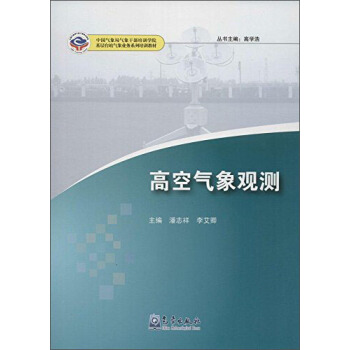
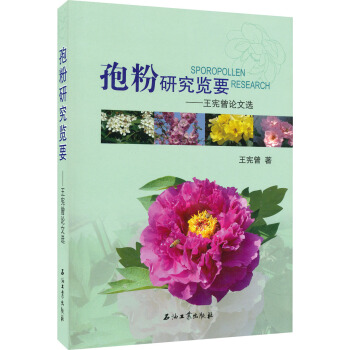

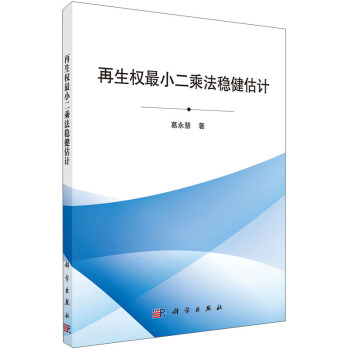
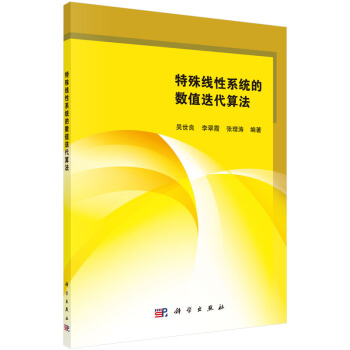
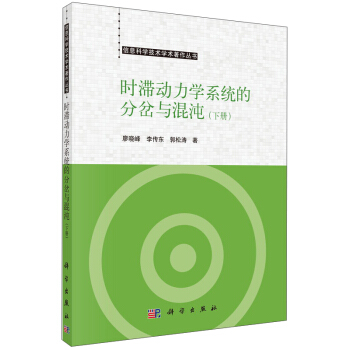
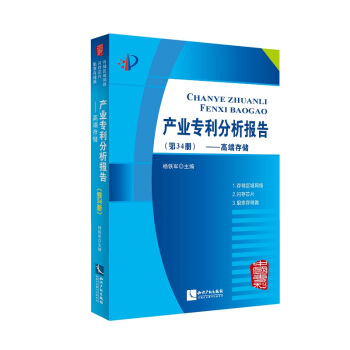

![昆仑植物志(第一卷) [Flora Kunlunica Tomus 1] pdf epub mobi 电子书 下载](https://pic.tinynews.org/11748117/55d184d4Nb91930ad.jpg)
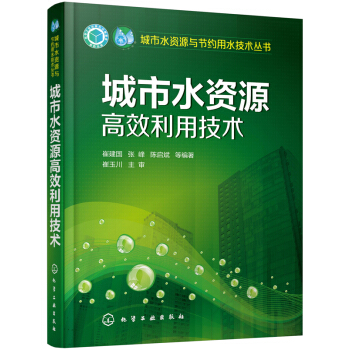
![数学奥林匹克与数学文化(第五辑) [Mathematical Olympiads and Mathematical Culture] pdf epub mobi 电子书 下载](https://pic.tinynews.org/11765834/560b305fNc1cd0531.jpg)

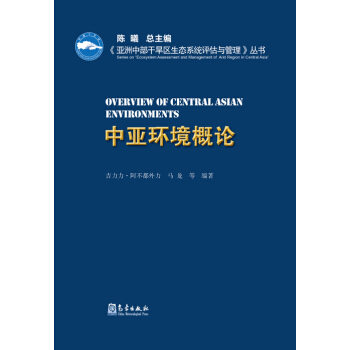
![江西木本及珍稀植物图志 [Jiangxi Woody And Rare Flora] pdf epub mobi 电子书 下载](https://pic.tinynews.org/11820714/56663359Nd6c1ea80.jpg)
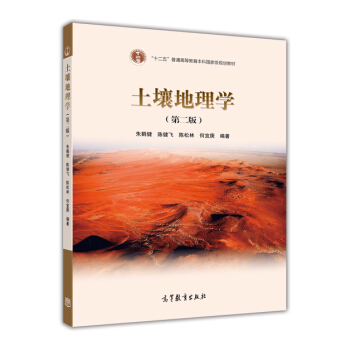
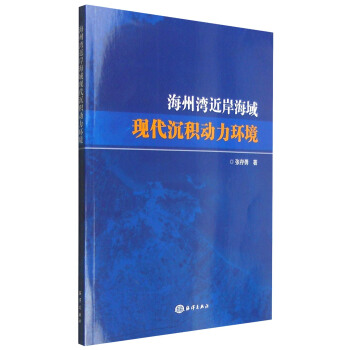
![中国第六次北极科学考察报告 [The Report of 2014 Chinese Arctic Research Expedition] pdf epub mobi 电子书 下载](https://pic.tinynews.org/11858515/56a9e732Ncf948117.jpg)

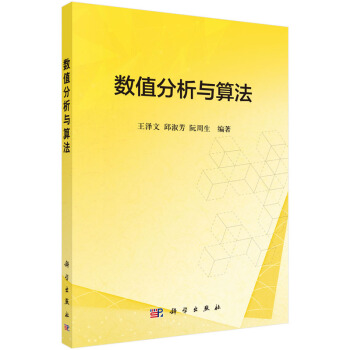
![材料研究与应用著作:低温等离子体表面强化技术 [Low Temperature Plasma Surface Strengthening Technologies] pdf epub mobi 电子书 下载](https://pic.tinynews.org/11887468/56fa4c0aN887dd75a.jpg)